Technology
Mystery Gadget 83
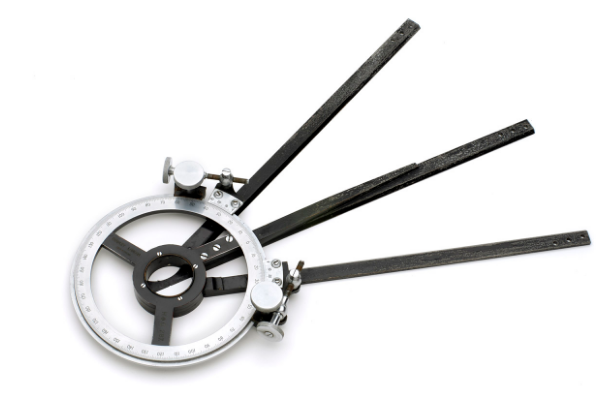
What's it for? The answer is here.
Or after the jump.
More in extended >>
Posted By: Paul - Sat Apr 25, 2020 -
Comments (4)
Category: Technology
MONAD Studio - 3D-printed, Piezoelectric Violin
Posted By: Paul - Mon Apr 06, 2020 -
Comments (2)
Category: Inventions, Music, Technology
Automatic Tarot Machine
Invented in the late 1970s by Vincent Siano and his cousin Nicholas Piazza. They named it the Tarottells Machine. However, it doesn't seem to have ever made it onto store shelves. So, for now, tarot readers remain unthreatened by the automation that has swept other industries.
Nicholas Piazza with the Tarottells Machine
Some details about the Tarottells Machine from an AP News story by Kay Bartlett (June 11, 1978 in the Allentown Morning Call):
Siano, an artist at Grumman Aircraft and a textbook illustrator, rises to lyrical heights demonstrating his machine: "This is the first time in the history of the world — the first Tarot machine. Automation has come to Tarot..."
The machine, with cursor and compass, has a custom carrying case. The game is made of black plastic and bright orange Tarot cards and measures some 27 inches square.
You get the cards' message by pressing a lever to cut the cards three times to the left — mandatory procedure in Tarot. Then they spin around until another lever activates a silver pointer that singles out the card.
"We have also incorporated astrology to get the best possible reading," says Siano, whipping out a tray of beautifully drawn figures of the Zodiac. "And we have also adopted ESP into this machine.
"You'll get a better answer from this than any Ouija Board. What we need is a dynamic corporation that has the guts to turn this thing out."
Siano says a big toy manufacturer had the machine in its vaults for six weeks, but the man who thought it a good idea was fired and the machine was returned.
Posted By: Alex - Mon Mar 23, 2020 -
Comments (1)
Category: Inventions, Predictions, Technology, 1970s
Janelle Shane on Artificial Intelligence and Weirdness

Posted By: Paul - Fri Jan 10, 2020 -
Comments (2)
Category: Ambiguity, Uncertainty and Deliberate Obscurity, Animals, Technology, AI, Robots and Other Automatons
The Man Can
Its formal name was the “man-carried auto-navigation device,” but it went by the nickname “Man Can.” The Martin-Marietta Corporation received patent no. 3,355,942 for it in 1967.It was a device designed to help soldiers avoid getting lost. The patent offered this description:

It combined a compass and a pedometer. A GI would record his initial location on a map, and then the device would track his footsteps and the directions in which he turned. When he was done walking, the device would tell him his new coordinates.
A key feature of the device was that it didn't use any battery power. So the GIs would never need to worry about it running out of juice. It operated via a bellows located in the heel of the GI's shoe.
I can't find any follow-up reports about how well this gadget worked. Apparently not well enough to warrant its adoption by the army. But it was an interesting concept.

Allentown Morning Call - Dec 11, 1967
Posted By: Alex - Sun Jan 05, 2020 -
Comments (4)
Category: Geography and Maps, Inventions, Patents, Military, Technology, 1960s
Mystery Illustration 90
Still from a sci-fi flick, or real outfit?The answer is here.
Or after the jump.
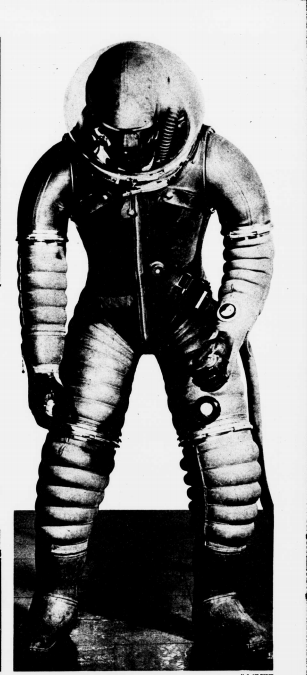
More in extended >>
Posted By: Paul - Mon Dec 30, 2019 -
Comments (0)
Category: Movies, Technology, 1940s
Shaving with X-rays
It wasn't long after the discovery of x-rays, that people realized they could be used to remove body hair. In 1899, the American X-Ray Journal noted the "epilating properties of the X-Rays," and suggested that hair removal might be a profitable side-business for x-ray technicians.However, as far as I can tell, it wasn't until 1945 that anyone got around to patenting the idea of x-ray hair removal. The patent was granted to Violet Arnold of Detroit. Columnist Frederick Othman wrote about it in a Dec 1945 column:
Miss Arnold's shave consists of two X-ray treatments of five to ten minutes each with the rays going through an aluminum plate before they hit the whiskers. That makes 'em curl up. Then she attacks the wilted whiskers nine more times in five weeks with rays going through aluminum and a bottle of water, too.
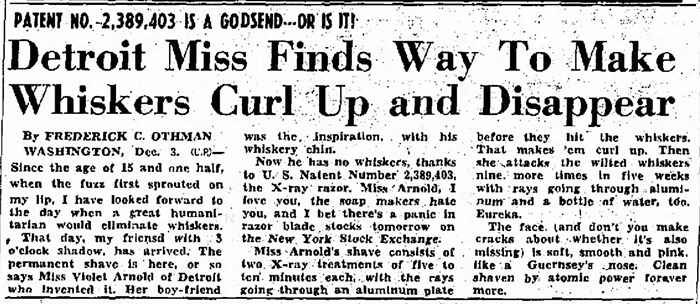
Amarillo Globe Times - Dec 3, 1945
The X-ray razor never caught on, probably because of the risk of serious, disfiguring burns. However, the idea lingered on in popular culture for a few years and was featured in several ad campaigns.

Crowley Post-Signal - Dec 12, 1952

Washington Court House Record-Herals - Jan 6, 1953
Posted By: Alex - Sun Dec 29, 2019 -
Comments (6)
Category: Inventions, Patents, Technology, 1940s
The Marilyn Monroe Protractor
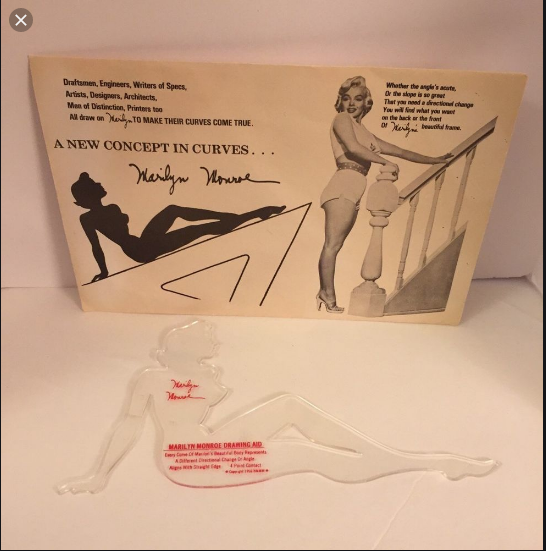
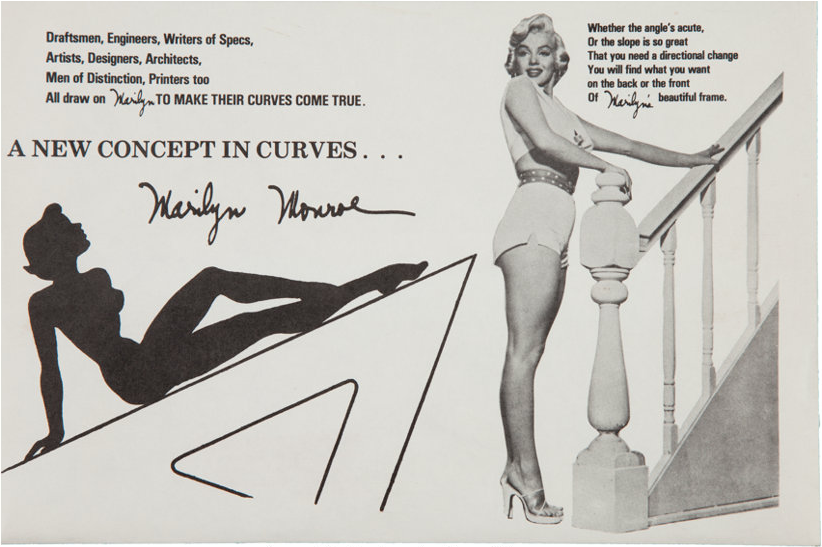
Posted By: Paul - Thu Dec 12, 2019 -
Comments (6)
Category: Beauty, Ugliness and Other Aesthetic Issues, Body, Technology, 1950s
Mystery Gadget 82
What's this box do?The answer is here.
Or after the jump.
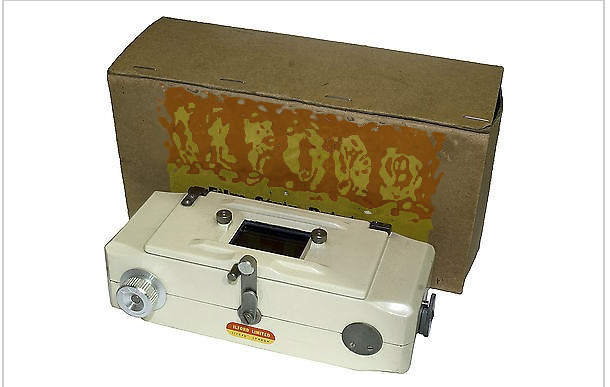
More in extended >>
Posted By: Paul - Fri Nov 29, 2019 -
Comments (1)
Category: Technology, 1950s
A Queer Ferry
I would call this an aerial tramway for cars. Seems it would have been much easier just to build a bridge!
Posted By: Paul - Wed Nov 27, 2019 -
Comments (8)
Category: Engineering and Construction, Motor Vehicles, Technology, 1930s

| Who We Are |
|---|
| Alex Boese Alex is the creator and curator of the Museum of Hoaxes. He's also the author of various weird, non-fiction, science-themed books such as Elephants on Acid and Psychedelic Apes. Paul Di Filippo Paul has been paid to put weird ideas into fictional form for over thirty years, in his career as a noted science fiction writer. He has recently begun blogging on many curious topics with three fellow writers at The Inferior 4+1. Contact Us |




